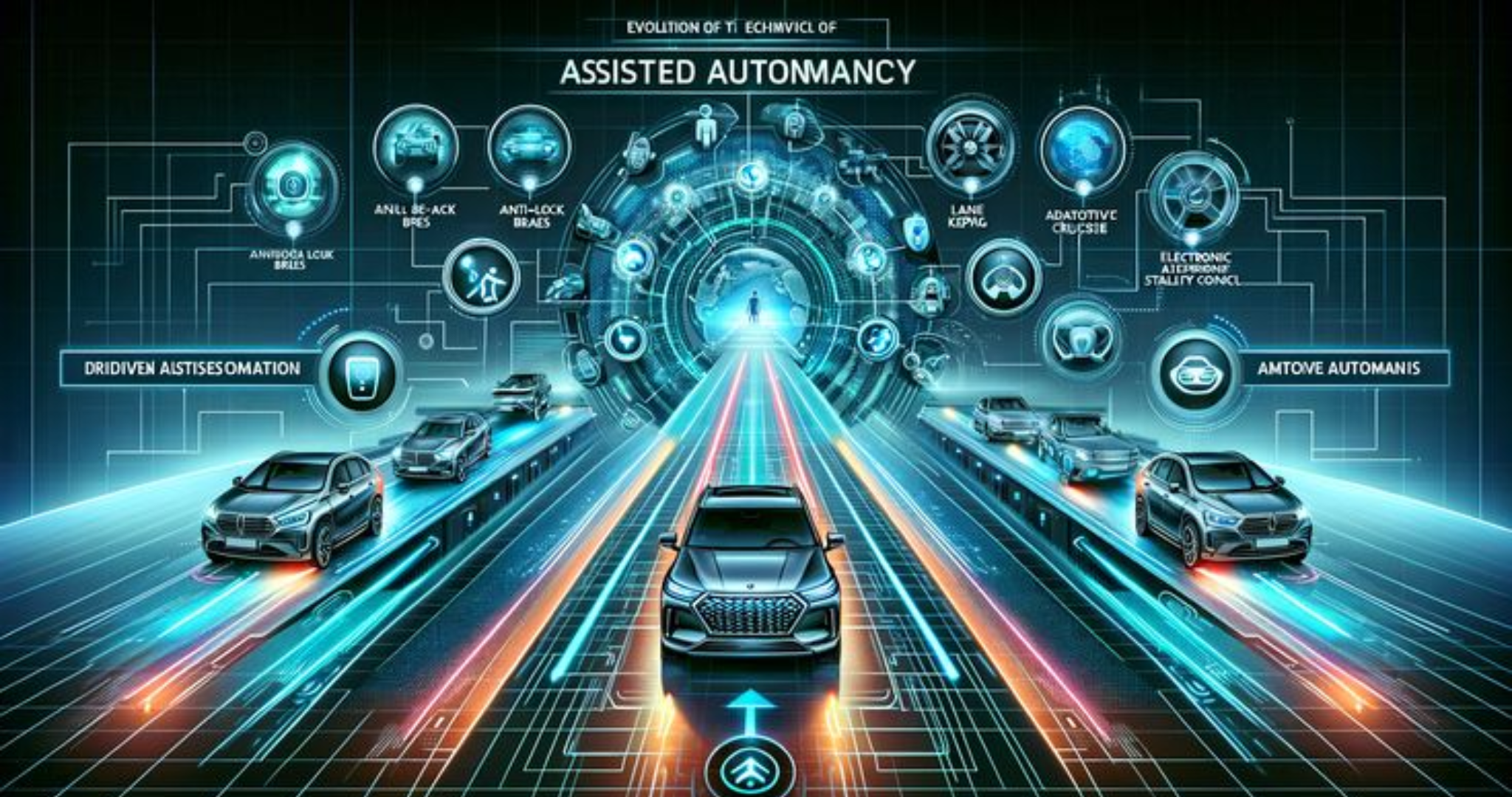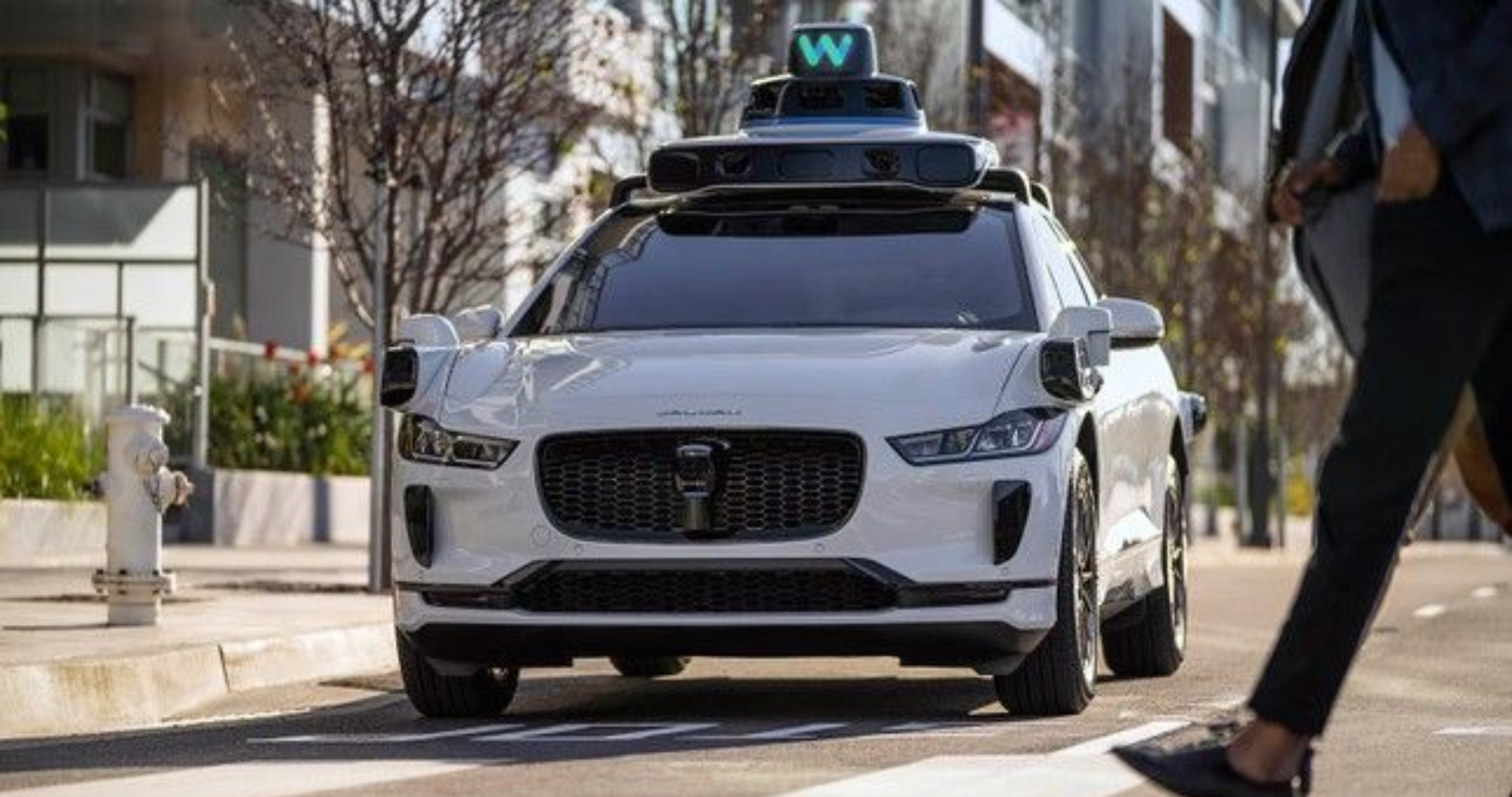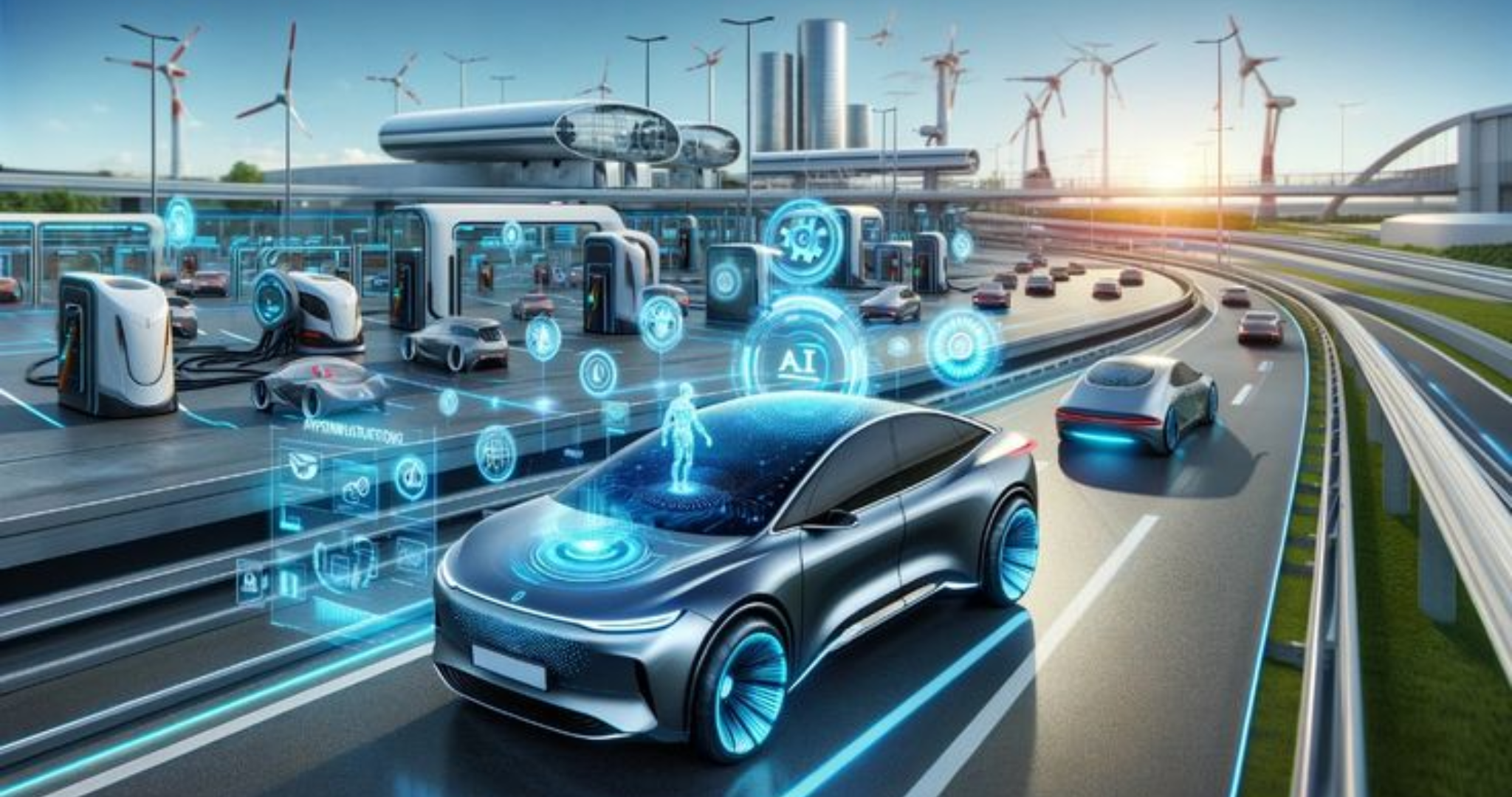Throughout the relentless progression of history, humanity has witnessed technological revolutions that fundamentally altered how we live, work, and interact with the world around us. From the Industrial Revolution with the advent of the steam engine to the digital age with the explosion of the internet, each leap forward has brought new opportunities and challenges. Now, we stand at the threshold of a new era, shaped by the power of automation and, particularly, the promising rise of self-driving cars.
Automation, no longer a science fiction concept, is permeating every facet of modern life. From roboticized production lines in smart factories to complex algorithms optimizing business processes, automation is increasing efficiency, minimizing errors, and freeing humans from repetitive and tedious tasks. However, one of the most visible and impactful manifestations of this automation era is the remarkable development of self-driving car technology.
Self-Driving Cars: A Revolution on Four Wheels
The idea of a car that can operate autonomously has long existed in science fiction. But now, thanks to remarkable advancements in artificial intelligence (AI), sensors, computer vision, and global positioning systems (GPS), that dream is gradually becoming a reality. “Virtual drivers” with the ability to perceive their surroundings, analyze real-time data, and make driving decisions safely and efficiently are becoming increasingly sophisticated and reliable.

The “Eyes” and “Brain” of Self-Driving Cars
To navigate safely, self-driving cars are equipped with a complex system comprising various types of sensors. LiDAR (Light Detection and Ranging) uses laser beams to create detailed 3D maps of the surroundings, enabling the car to “see” objects and distances. Radar uses radio waves to detect distant objects and measure their speed, proving particularly useful in adverse weather conditions. Cameras provide visual information about the road, traffic signs, traffic lights, and pedestrians. Ultrasonic sensors assist with parking and low-speed maneuvers.
All the data collected from these sensors is transmitted to the car’s “brain” – a powerful computer system equipped with sophisticated AI algorithms. These algorithms can process vast amounts of information, recognize patterns, predict the behavior of other vehicles and road users, and make appropriate driving decisions such as accelerating, decelerating, steering, or stopping.
The Enormous Potential Benefits of Self-Driving Cars
The advent of self-driving cars promises to bring significant benefits to society in numerous ways:
- Road Safety: A large proportion of current traffic accidents are caused by human error, such as drowsy driving, substance use, distraction, or traffic violations. Self-driving cars, with their ability to operate consistently and strictly adhere to rules, have the potential to significantly reduce the number of accidents and fatalities on the road.
- Traffic Efficiency: Self-driving cars can connect and coordinate with each other, optimizing traffic flow, reducing congestion, and shortening travel times. Intelligent traffic management systems based on self-driving cars can dynamically adjust traffic lights and lane assignments more effectively.
- Time and Cost Savings: Occupants of self-driving cars can utilize travel time for work, rest, or entertainment, making commutes more productive. In the long run, optimized traffic flow and reduced accidents will also help save on fuel costs, road maintenance, and healthcare expenses.
- Accessibility for All: Self-driving cars can provide independence and mobility for individuals who cannot drive, such as the elderly, people with disabilities, or young adults. This opens up new opportunities for education, employment, and social interaction for these groups.
- Environmental Protection: With optimized driving capabilities, self-driving cars can help reduce carbon emissions and air pollution. The development of electric self-driving cars will further contribute to the goal of building a more sustainable transportation system.

Significant Challenges on the Road to a Self-Driven Future
Despite the immense potential, the path for self-driving cars to become a common part of everyday life still faces numerous hurdles and challenges that need to be overcome:
- Safety and Reliability: This is the crucial factor determining societal acceptance of self-driving cars. Developers must ensure that autonomous driving systems can operate safely and reliably in all traffic situations, including unexpected and complex scenarios.
- Ethical Dilemmas: In unavoidable accident situations, self-driving cars will have to make difficult ethical decisions, such as prioritizing the safety of passengers or minimizing harm to those outside the vehicle. Building algorithms that make “correct” ethical decisions is a significant challenge.
- Infrastructure: For self-driving cars to operate efficiently and safely, an intelligent transportation infrastructure is needed, including communication systems, accurate digital maps, and appropriate traffic regulations.
- Cybersecurity: Self-driving cars are connected to the internet and other systems, increasing the risk of cyberattacks. Protecting the system from attacks and ensuring data security is paramount.
- Legal and Regulatory Frameworks: Countries and regions need to establish clear legal frameworks to regulate the testing, production, and use of self-driving cars, including issues of liability in the event of accidents.
- Cost: Current self-driving car technology remains very expensive, which could hinder widespread adoption. Reducing production costs and developing more economical solutions is necessary for self-driving cars to become more accessible to the majority of the population.
- Societal Acceptance: Public apprehension and a lack of trust in new technology can be a significant barrier to the adoption of self-driving cars. Communication and education efforts are needed to raise awareness and build public confidence.
- Impact on the Labor Market: The widespread adoption of self-driving cars could have significant impacts on the labor market, particularly for those working in the transportation industry, such as truck drivers, bus drivers, and taxi drivers. Solutions are needed to support these workers in adapting to the changes.
Vietnam on the Path to Automation and Self-Driving Cars
In Vietnam, the trend of automation is strongly underway in many sectors, especially in manufacturing and services. However, the field of self-driving cars is still in its early stages. Some universities and research institutes have begun initial research into this technology, but practical application still faces many difficulties due to a lack of infrastructure, legal frameworks, and human resources.
However, with the increasing attention of the government and businesses, along with the growth potential of the domestic automobile market, Vietnam has a real opportunity to participate in the global self-driving car revolution in the future. Investing in research and development, building intelligent infrastructure, and enacting appropriate regulations will be crucial steps for Vietnam to avoid being left behind in this global trend.

Conclusion: Towards a Smart and Sustainable Automated Future
Automation and self-driving cars are not just mere technological advancements; they are powerful forces reshaping our future. While many challenges still lie ahead, the potential benefits they offer are undeniable. With the continuous development of science and technology and close collaboration between researchers, businesses, and governments, we have reason to hope for a safer, more efficient, more convenient, and more sustainable transportation future, where intelligent machines will become reliable companions on every journey. The dawn of the automation era has begun, and the journey to explore its infinite potential continues.
